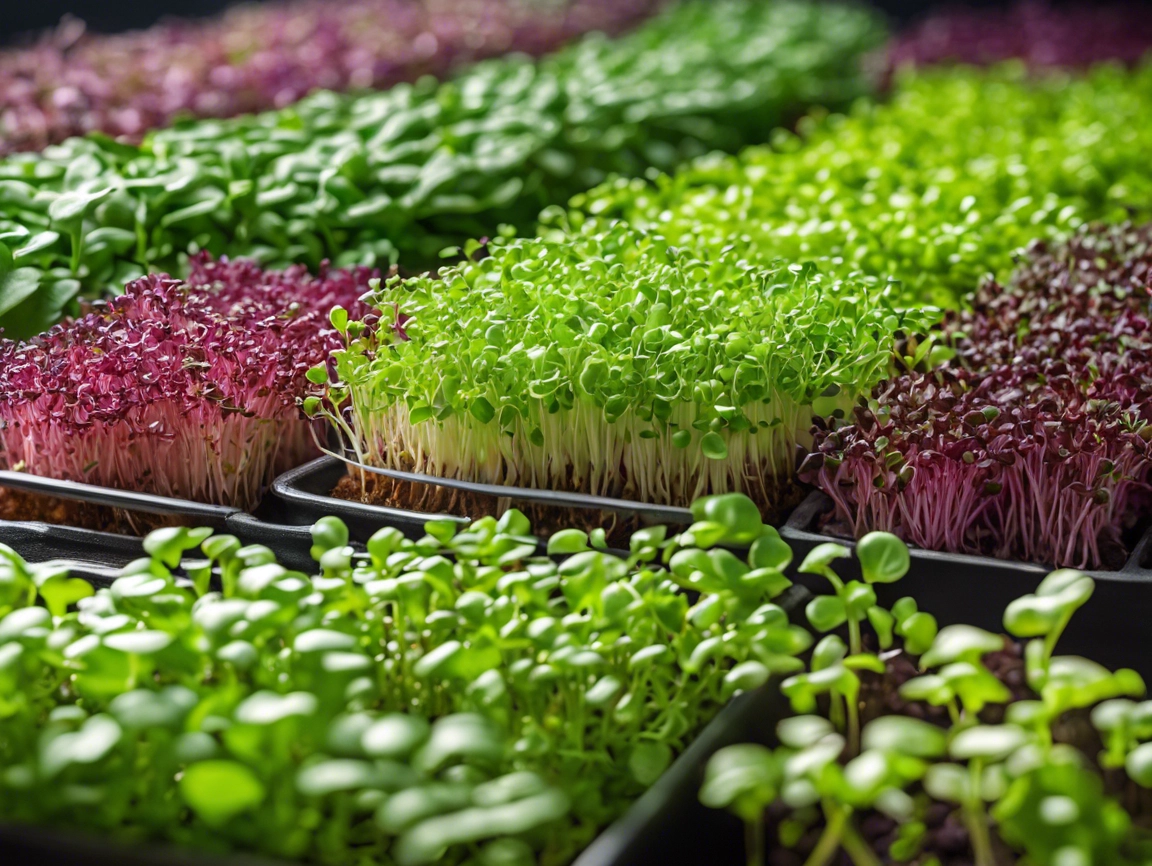the Potential of Luffa Seeds: A Sustainable Superfood
In recent years, the conversation around food sustainability has gained significant momentum. Consumers are increasingly curious about innovative ingredients that are not only nutritious but also environmentally friendly. One such ingredient that has emerged from the shadows of food waste is luffa seeds (Luffa cylindrica). Luffa is mainly harvested for its fibrous interior, which is used as an exfoliating sponge. However, its seeds are often discarded. These seeds have nutritional benefits that are often overlooked. This blog explores research on the sensory properties of luffa seeds in food products, focusing on yogurt. We will compare luffa seed powder to other popular seed powders, such as flax, sunflower, chia, and hemp. Understanding Luffa Seeds Luffa, also known as sponge gourd, is a tropical vine widely cultivated for its fibrous fruit. When harvested and processed, the fruit’s fibrous interior is transformed into a natural scrubber, leaving its seeds largely ignored despite their impressive nutritional profile. Luffa seeds are packed with essential fatty acids, protein, vitamins, and minerals. Harnessing these seeds in food products could significantly contribute to reducing food waste while providing consumers with a sustainable and nourishing option. Research Overview A recent study aimed to investigate the sensory properties of luffa seed powder when added to yogurt. The research compared the consumer acceptance and sensory evaluations of luffa seed powder with other popular seed powders, such as flax, sunflower, chia, and hemp. A total of 107 consumers participated in the study, using hedonic scales to evaluate their liking and check-all-that-apply (CATA) formats to assess sensory attributes associated with each seed powder when blended with yogurt. Sensory Properties of Luffa Seed Powder The findings from the study revealed a range of sensory attributes linked to luffa seed powder. Unfortunately, consumers associated the addition of luffa seeds in yogurt with several undesirable sensory characteristics, including: In contrast, when the study assessed other seed powders, particularly flax and sunflower seeds, participants reported much more favorable sensory attributes. The flax and sunflower seeds were noted for their sweet and nutty flavors, mild taste, and smooth texture. This positive response led to significantly higher overall liking scores compared to the yogurt containing luffa seeds and even hemp seeds. Why Consumer Preferences Matter Understanding consumer preferences is crucial in the food industry. Even if an ingredient like luffa seeds possesses remarkable nutritional benefits, poor sensory properties can overshadow these advantages. In an age where consumers are not only health-conscious but also sensitive to the sensory enjoyment of their food, the challenge remains: how can we make sustainable ingredients appealing? The Importance of Sensory Evaluation in Food Development Sensory evaluation is vital for food product development. It helps manufacturers and researchers to understand how different ingredients affect the overall acceptability of food products. Techniques such as hedonic scales and CATA are valuable tools that can provide insights into consumer feelings towards various flavors, textures, and overall satisfaction. Hedonic scaling allows participants to rate their levels of enjoyment, while CATA lets them identify specific sensory attributes they experience. In this study, these methods highlighted the necessary adjustments needed for improving luffa seed powder’s acceptance in food applications. Looking Ahead: Improving Sensory Properties of Luffa Seeds Given the nutritional benefits of luffa seeds, the study emphasizes the need for further research focusing on ingredient processing techniques, such as drying and roasting, to enhance their sensory properties. These methods can significantly alter the flavor profiles and textures of seeds, making them more palatable and acceptable to consumers. For example: By investing in research that explores these processing methods, food manufacturers could potentially unlock the culinary value of luffa seeds, paving the way for their acceptance in mainstream food products. For More Click Here https://fuelforlife365.com/ The Broader Impact of Utilizing Luffa Seeds Incorporating luffa seeds into food products extends beyond personal health benefits. It also has implications for sustainability and food waste reduction. According to food waste statistics, a significant proportion of agricultural products goes to waste due to aesthetic standards or lack of consumer knowledge about nutritional potential. By repurposing luffa seeds, we not only reduce waste but also contribute to a more sustainable food system. Conclusion The journey of luffa seeds from overlooked waste to potential superfood is a testament to the importance of research in the food industry. While current findings suggest that luffa seeds struggle to meet consumer sensory preferences compared to their counterparts, the potential for improvement and innovative food products remains high. As consumers continue to seek sustainable food options, understanding how to enhance the appeal of such ingredients can bridge the gap between nutritional value and sensory enjoyment. Future research into processing techniques could lead to more appealing formulations and better consumer acceptance. By embracing and investing in these sustainable ingredients, we can forge a path toward a healthier, more environmentally responsible food culture.


